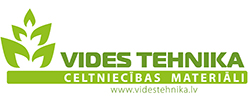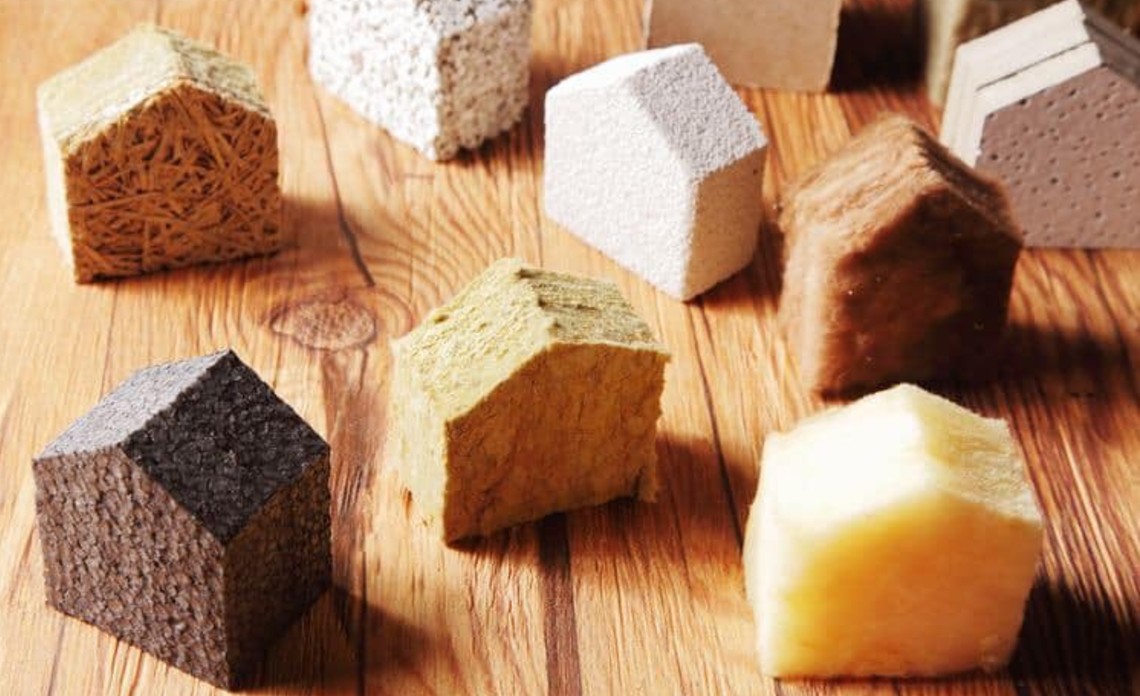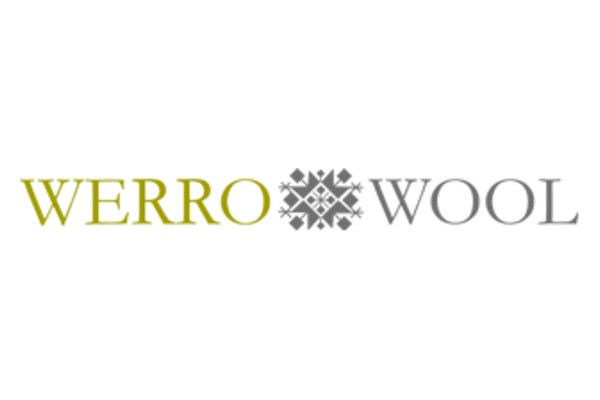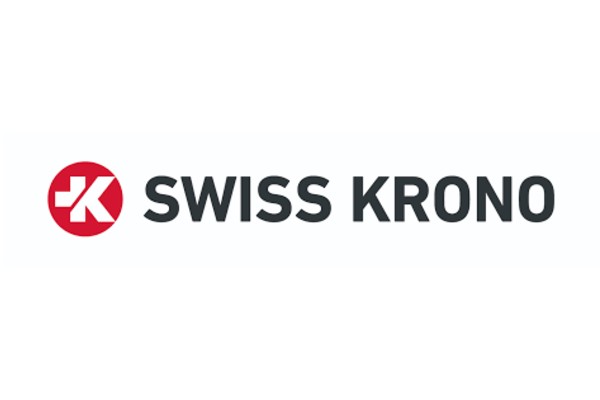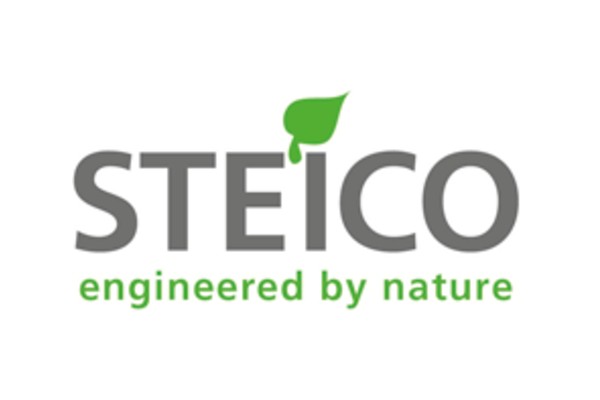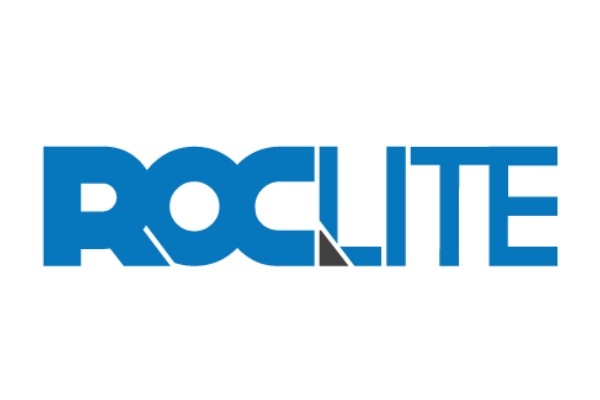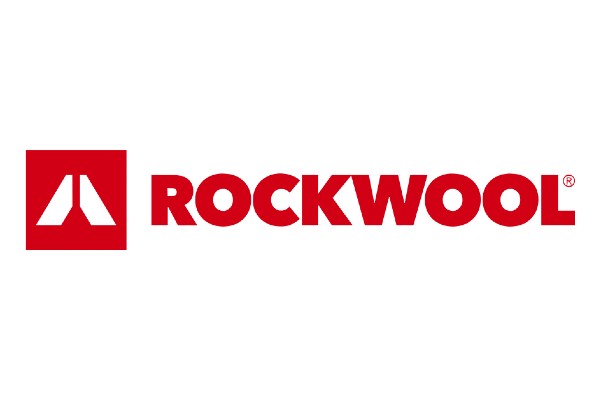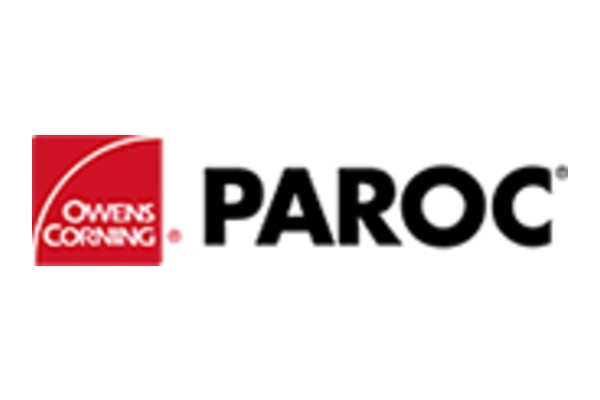How to choose the most suitable heat insulation materials?
The most suitable heat insulation material must be selected before beginning construction works or repairs. The most crucial parameters are:
- heat resistance
- load resistance
- deformation resistance
- moisture resistance
- density
- flexibility
- yield strength
- acoustic insulation
- fire safety
- air exchange
- ecological concerns
- biological resistance
- service life
- costs
Many of these parameters will seem incomprehensible to those who are not associated with construction works on a daily basis. And even after exploring them the values might still seem abstruse. Therefore VIDES TEHNIKA Ltd. experts will help you to find answers to these questions.
Heat resistance
Heat resistance is ability of the material to retain heat. This property is characterized by thermal conductivity coefficient – the lower it is, the higher the heat resistance of the material and therefore the material is a better insulator.
Load strength
Load strength describes how resistant the material is to increased load (weight). Materials with high load strength are particularly required in areas where insulated surface is subjected to high loads e.g. floating floors, low-pitched roofs and building foundations.
Deformation resistance
Deformation resistance is the capability of material to return to its previous shape after deformation – bending, stretching, compressing. The higher is the deformation resistance the better will the material insulating capabilities be.
Moisture resistance
Moisture resistance shows how resistant the material is when exposed to moisture – whether it decomposes, dissolves, rots or deforms thus loosing heat resistance. The more resistant the material, the wider application possibilities it provides. Materials with low moisture resistance should not be used for rooms witch are exposed to increased moisture e.g. building foundations, basements etc.
Density
Heat insulation material density mainly shows its weight – the higher the density, the heavier the material. Lighter materials – with lower density – are easier and simpler to work with. Furthermore, lighter materials often are better insulators.
Yieldability
Yieldability shows how easily the material can be deformed and conformed to the surface particularities and curvature to fill all gaps and avoid leaving uninsulated areas. For complicated constructions and hard to reach areas it is recommended to use highly yieldable materials – e.g. loose cellulose fibre insulation or mineral wool since these materials will provide the best insulation for even the most complicated constructions and protect from cold.
Acoustic insulation
Acoustic insulation shows the capability of the material to dampen noise and protect residents from outside noise as well as reduce sound travelling between floors and rooms, if acoustic insulation materials are used for interior insulation. Acoustic insulation is crucial in industrial buildings.
Fire safety
The fire safety of a material is characterized by the reaction of the material and exposure to elevated temperatures, and an open fire flame. All thermal insulation materials can be divided into four groups according to their fire safety:
- Which burns at elevated temperatures.
- Who are able to limit the spread of fire.
- Able to extinguish fire flames.
- Of course, the more fireproof the material, the better and safer – especially for the insulation of a residential building.
Air exchange
Air exchange or breathability shows to what extent is the material air permeable. It also shows whether the material promotes moisture regulation. The more breathable is the material, the nicer and healthier is the microclimate in insulated rooms.
Ecological concerns
Ecological concerns show how environmentally and health friendly the material is – both during use and after it is removed and further utilized. An important ecological capability of the material is consumption of non-renewable natural resources during its production – the lower it is the better and more ecological. By choosing ecological heat insulation materials, not only do we care for cosiness of our homes and our health and wellbeing, but also promote sustainable preservation of environment and caring attitude towards every living thing around us.
Biological resistance
Biological resistance is shown by resistance against rodents and pests settling in. The more resistant is the material the safer we can be that mice and rats will not settle in, make passages and holes, damage heat insulation layer, carry disease or be the cause for unpleasant moments for residents of the house.
Service life
Service life is an important parameter if you think ahead and are looking for material which will not only pay itself off during use but also provide dependable service and ensure warmth at home for years to come. It is, in some respect, an economically reasoned indicator.
Service life depends on usage conditions, material properties, installation quality and, of course, suitability for the surface and type of construction to be insulated. Service life can include durability and ageing of the material which are key factors for maintaining properties of the material and ensuring longevity.
Costs
Of course the most important factors nowadays, when choosing heat insulation material, are costs. However costs should not be judged by the price of the material alone. It is also necessary to take into consideration all the related expenses – price of additional materials (everything necessary for installation and sometimes additional insulation materials in order to reach desired effect), installation costs (labour intensity, necessary equipment, instruments and knowledge), costs of transportation to the point of installation and if necessary even maintenance costs in order to keep the material in excellent “working condition”.





